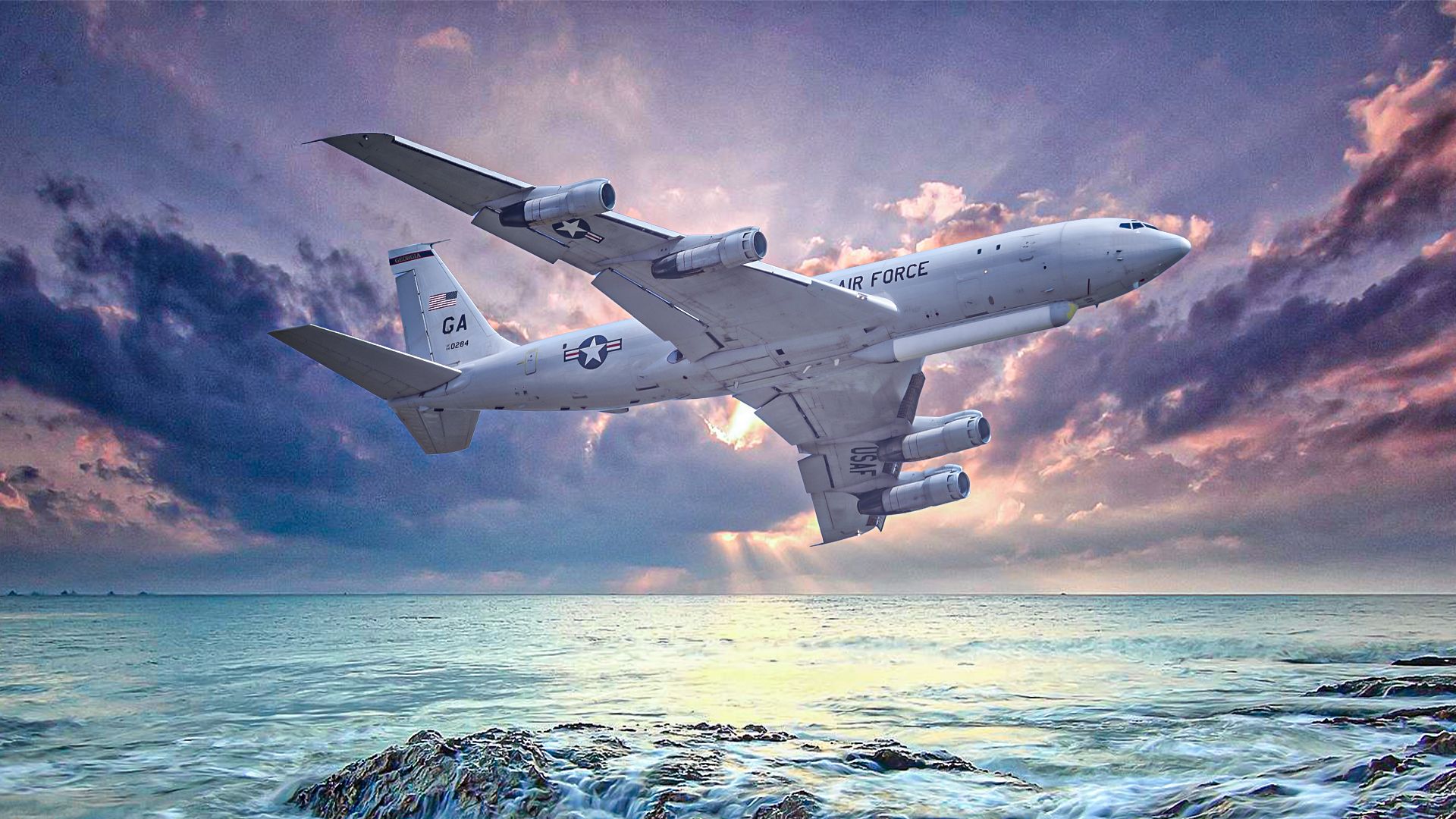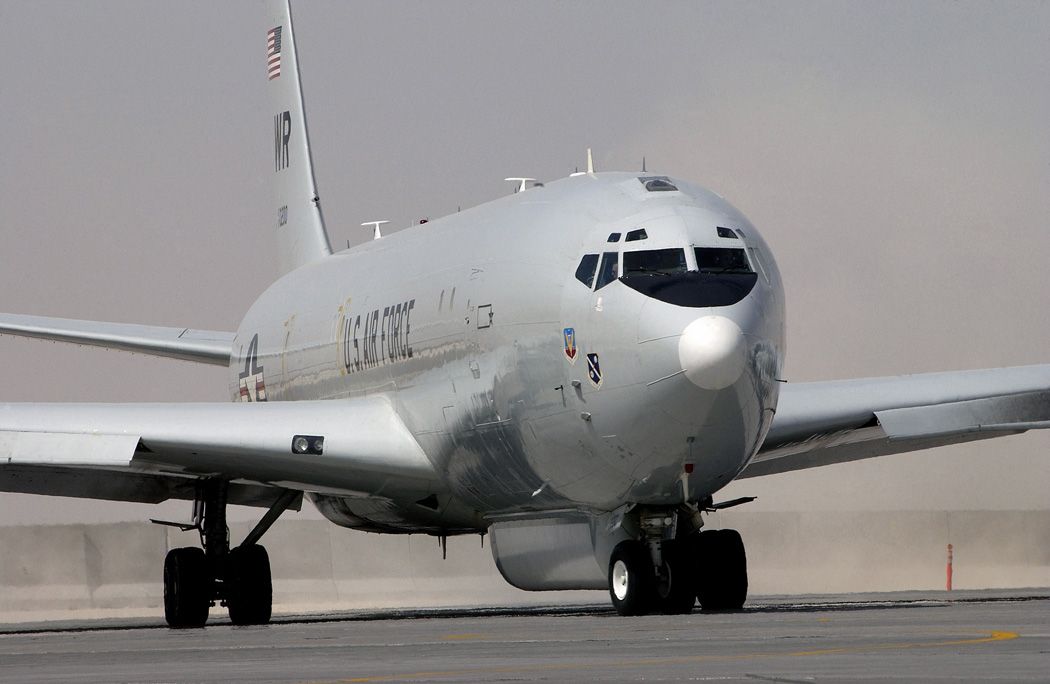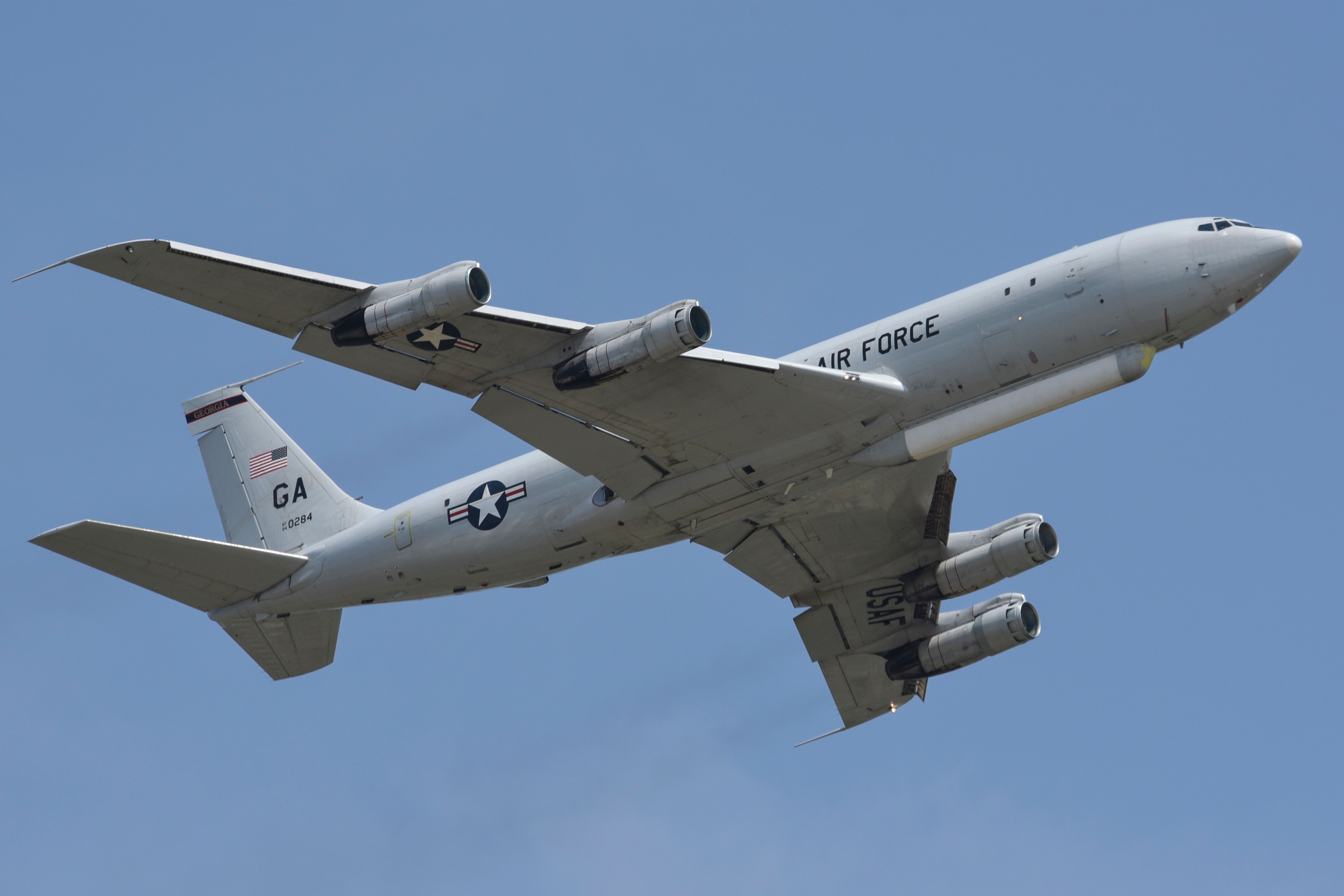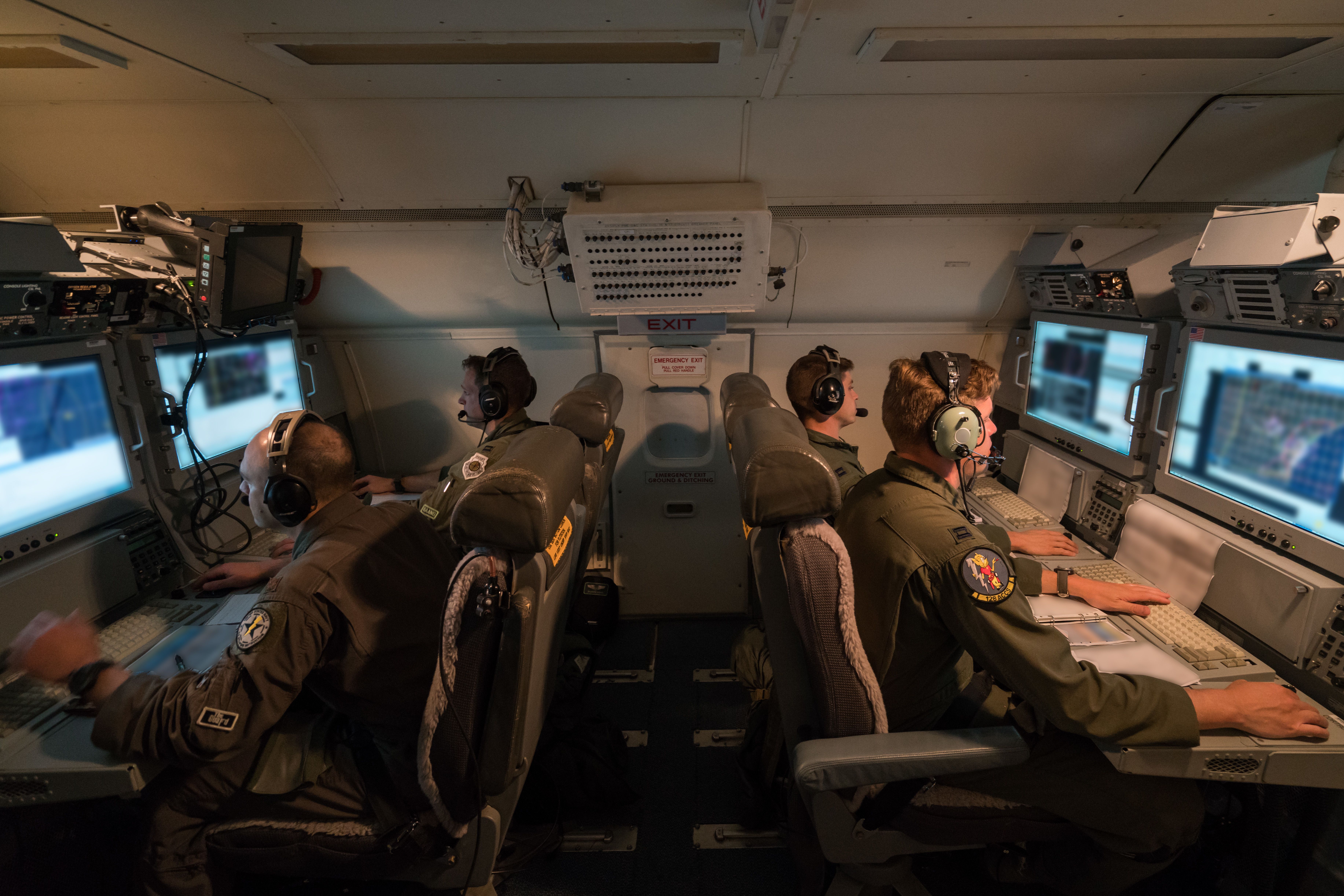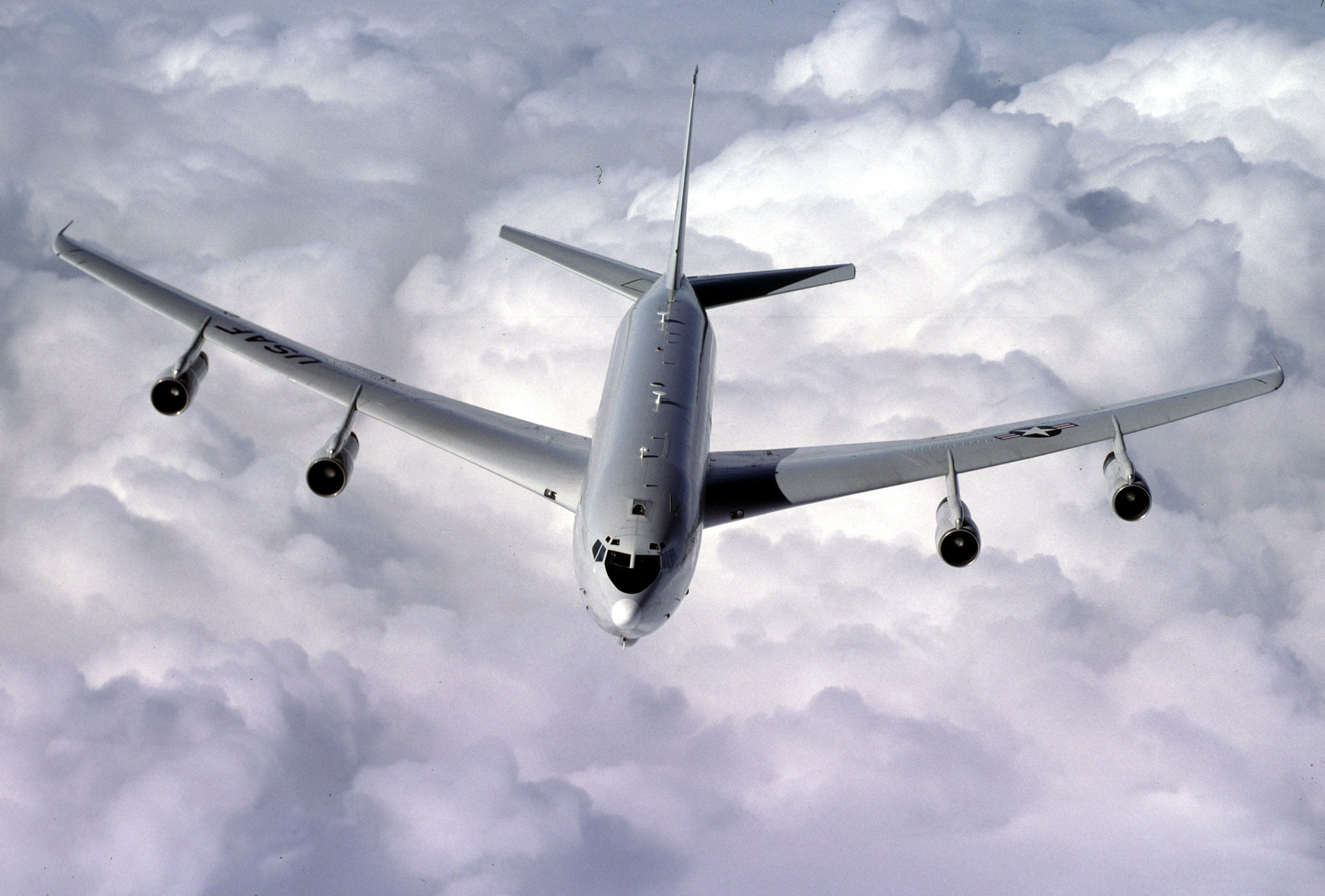Summary
- Joint STARS revolutionized battlefield intelligence, reshaping airborne battle management for the USAF.
- Flagship feature: AN/APY-7 radar system detects up to 600 targets at distances of over 155 miles.
- E-8C Joint STARS played a vital role in operations like Desert Storm, shaping contemporary airpower doctrine.
In an arena where real-time information and situational awareness can make the difference between victory and defeat, the E-8C Joint Surveillance Target Attack Radar System (Joint STARS) revolutionized the United States Air Force’s battlefield intelligence capabilities, reshaping the landscape of airborne battle management.
A joint endeavor
The concept of the E-8 Joint STARS stemmed from the need for improved battlefield intelligence and surveillance capabilities beyond the front lines, or more accurately, beyond the Forward Edge of the Battle Area (FEBA). Initially, separate initiatives by the US Army and Air Force aimed to develop this technology. In 1982, these programs merged, with the Air Force taking the lead. In September 1985, Grumman Aerospace Corporation was awarded the prime contract to develop two E-8A systems, marking the official beginning of Joint STARS.
Photo: USAF
The E-8 Joint STARS, built on a modified Boeing 707-300 series airframe, was designed to play multiple roles in the US military battle management plan. The E-8C Joint STARS serves as a command and control center in the sky, capable of surveillance, reconnaissance, intelligence gathering, and dissemination.
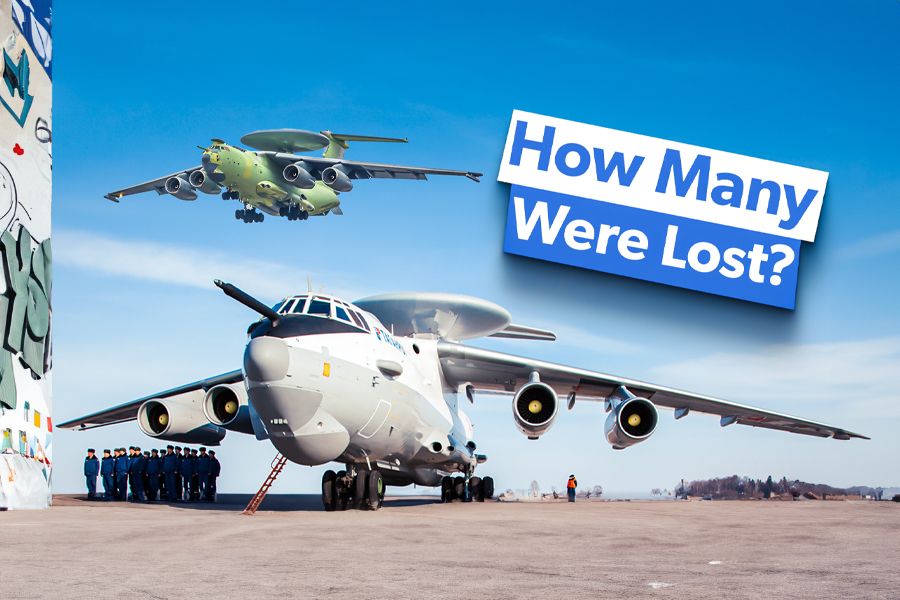
Related
How Many AWACS Aircraft Has Russia Lost In Ukraine?
Russia has lost a handful of rare, expensive, and difficult-to-replace AWACS aircraft in its war against Ukraine.
The star of the E-8C Joint STARS
The aircraft’s flagship feature is its AN/APY-7 Doppler radar system, a massive 24-foot (7.3 meters) long, side-looking phased array antenna housed inside a 27-foot (8 meters) long radome mounted beneath its fuselage. The AN/APY-7 can operate in four modes:
- Wide area surveillance
- Ground moving target indicator (GMTI)
- Fixed target indicator (FTI)
- Synthetic aperture radar (SAR)
Photo: Greg L. Davis | USAF
The antenna, which can mechanically tilt to either side of the aircraft, obtains a 120-degree field of view. It detects up to 600 targets simultaneously at distances of over 155 miles (250 km) across an area spanning 19,305 square miles (50,000 km2), roughly the area of Vermont and New Hampshire combined.
Inside the aircraft, an electronically generated map of the area being surveyed displays terrain, roads, lakes, mountains, and other topographical elements. Intelligence gathered is overlayed on the map in the form of small yellow dots representing the movement of vehicles, including cars, trucks, ships, tanks, and even low-altitude, slow-moving airplanes and helicopters.
A total of 17 Joint STARS aircraft were built and operated by the USAF.
Up to 15 Air Force and Army specialists analyze the movement of these dots to identify unusual and/or organized activity, indicating potential threats. Surveillance images and intel are relayed in near-real-time to USAF leadership and US Army and US Marine units on the ground.
Photo: Senior Master Sgt. Roger Parsons | USAF
Real-world impact and wartime legacy
This newfound ability to gather, analyze, and quickly disseminate intelligence from air to ground across multiple US military branches was a game changer in contemporary warfare and made an immediate impact in Operation Desert Storm when two E-8A JSTARS prototype aircraft flew 49 combat sorties and accumulated over 500 combat hours with a 100% mission effectiveness rate.
At the onset of Desert Storm, the USAF Joint STARS Test Force was relatively unfamiliar with the Scud tactical ballistic missiles being used by Iraqi forces, focusing more on armored and mechanized vehicles.
“Before we were deployed to the Middle East, Scud was really not even part of our vernacular.” Lt. Col. G. Cusimano, Joint Stars Test Force
Through analysis of vehicle movement and arrays, the E-8A Joint STARS were able to identify Scud setup and assembly locations and deploy fighter aircraft to proactively destroy them before they became operational, a crushing and demoralizing blow to Iraqi forces.
Beyond Scud hunting, the E-8A Joint STARS played a major role in supporting ground forces during Operation Desert Storm. At the Battle of Khafji, the first major ground engagement of the Gulf War, Joint STARS operators identified a convoy of armored Iraqi vehicles moving toward the battle, just one day away from arrival. Known as “perishable intelligence,” this information demanded immediate action by US forces. Suffice it to say, the Iraqi convoy never arrived.
“The battle of Al Khafji has been described as the defining moment of Desert Storm. It may also be a defining moment for contemporary airpower doctrine.” School of Advanced Airpower Studies, Maxwell Air Force Base
In 1995, the E-8A prototypes and the production model E-8C were involved in the NATO peacekeeping mission, Operation Joint Endeavor, ensuring movement on the ground aligned with the Dayton Peace Accords agreements. The eye in the sky was called upon again in 1999 during Operation Allied Force, as the E-8C flew in support of the US in the Kosovo War. Following the terrorist attacks on September 11, 2001, the US Joint STARS fleet logged more than 63,000 hours over 5,200 combat missions during Operations Iraqi Freedom, Enduring Freedom, and New Dawn.
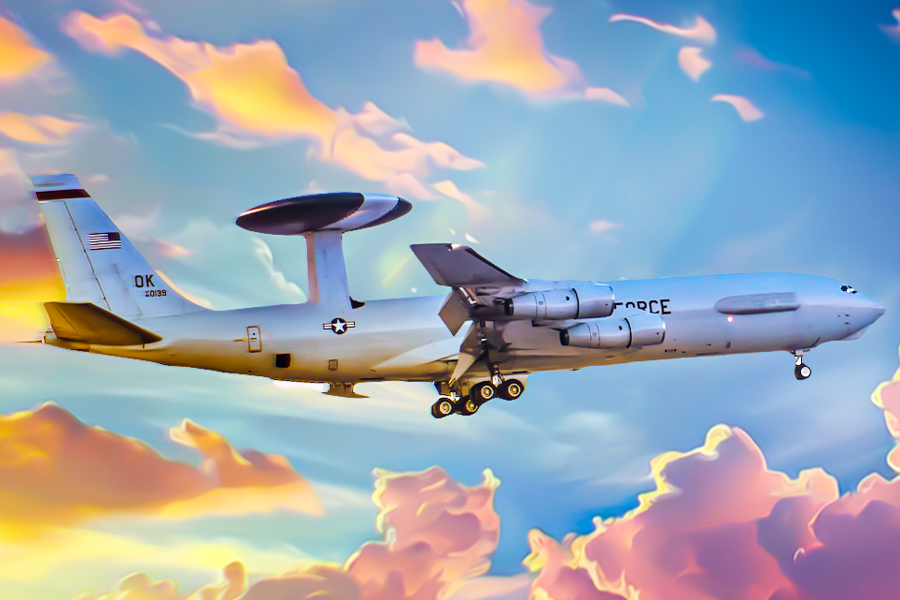
Related
What You Need To Know About The USAF E-3 Sentry Military Jet Radar
The E-3’s capabilities increase its mission readiness and survivability.
The end of an era
The E-8C’s final mission was to support Ukraine from 2021-2022, monitoring Russian forces from Ukrainian airspace prior to their invasion. In that same year, the US military began retiring the E-8C Join STARS fleet after it had completed roughly 14,000 operational sorties and over 141,000 hours in its 32 years of service. A complete phaseout is planned for 2024.
“From the beginning, JSTARS was an immediate game changer on the battlefield and the resulting successes have been impressive.” Col. Amy Holbeck, commander of the 116th Air Control Wing.
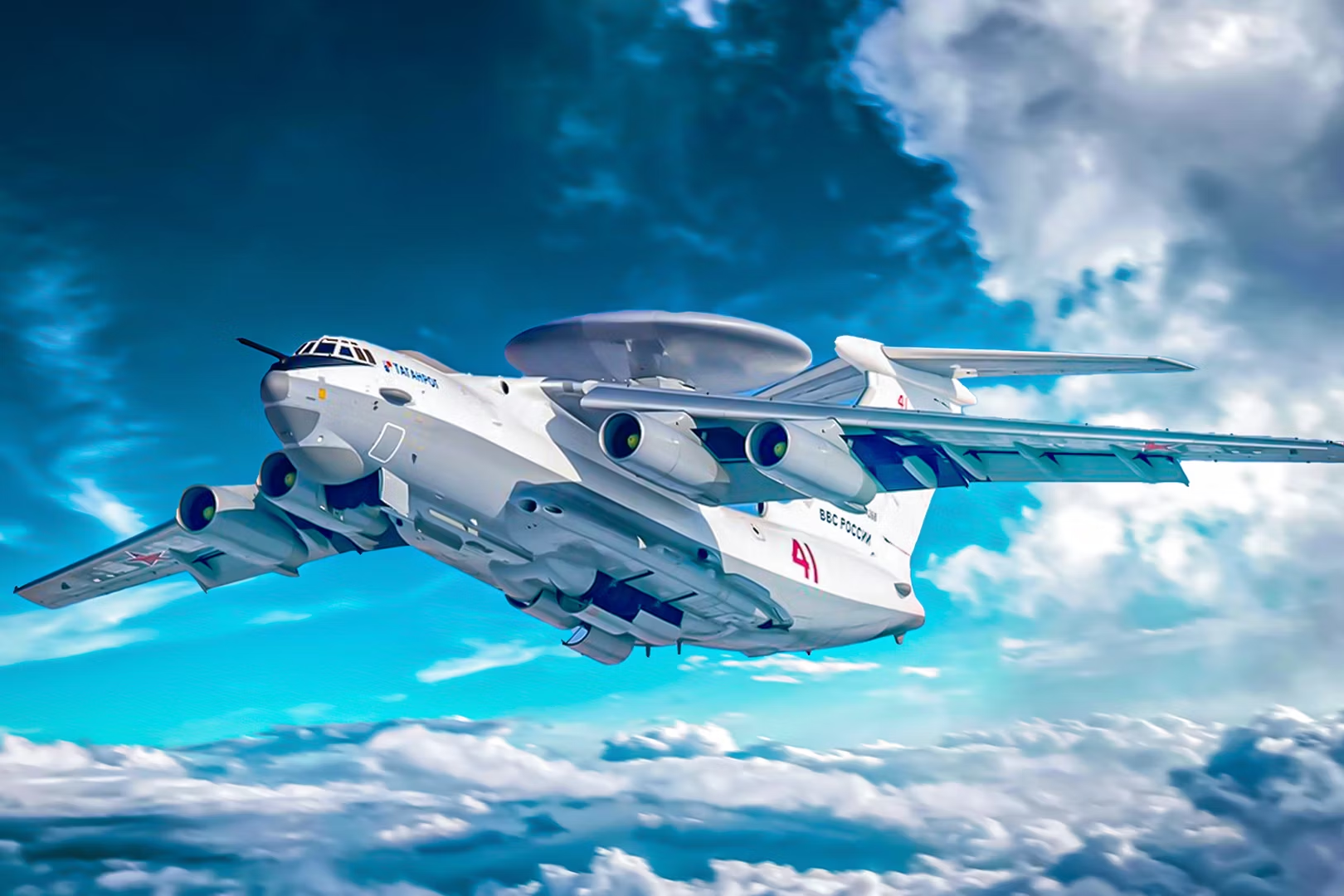
Related
SAMbush: US Army Colonel Explains How Ukraine’s Patriots Ambush Russian Jets & Shot Down Rare A-50U AWACS
The US Army reveals how Ukraine is setting up ambushes with the Patriots and shooting down Russian aircraft.
“The E-8C JSTARS have been invaluable to the joint force by using cutting-edge technology throughout their 20 years of service.” Col. Michelle Carns, Commander of the 461st Air Control Wing
Upon its introduction, the E-8 Joint STARS advanced the capabilities of the US Air Force and the US military as a whole. The enhanced battlefield situational awareness the E-8C provided was an invaluable strategic advantage for the US, allowing commanders of all US military branches to plan and execute operations with greater precision, efficiency, and confidence. While the E-8 Joint STARS enjoys retirement, its legacy continues to influence the development of next-generation surveillance and battle management systems.
Photo: Tech. Sgt. John Lasky | USAF
E-8 Joint STARS:
|
Primary function |
Airborne battle management |
|
Flight Crew |
Four |
|
Specialist Crew |
15 Air Force and three Army specialists (mission-based variability) |
|
Power plant |
Four Pratt & Whitney TF33-102C |
|
Thrust |
19,200 pounds each engine |
|
Fuel capacity |
155,000 (70,306 kg) |
|
Speed |
Mach 0.52 – 0.65 (390 – 510 knots) |
|
Range |
Nine hours |

